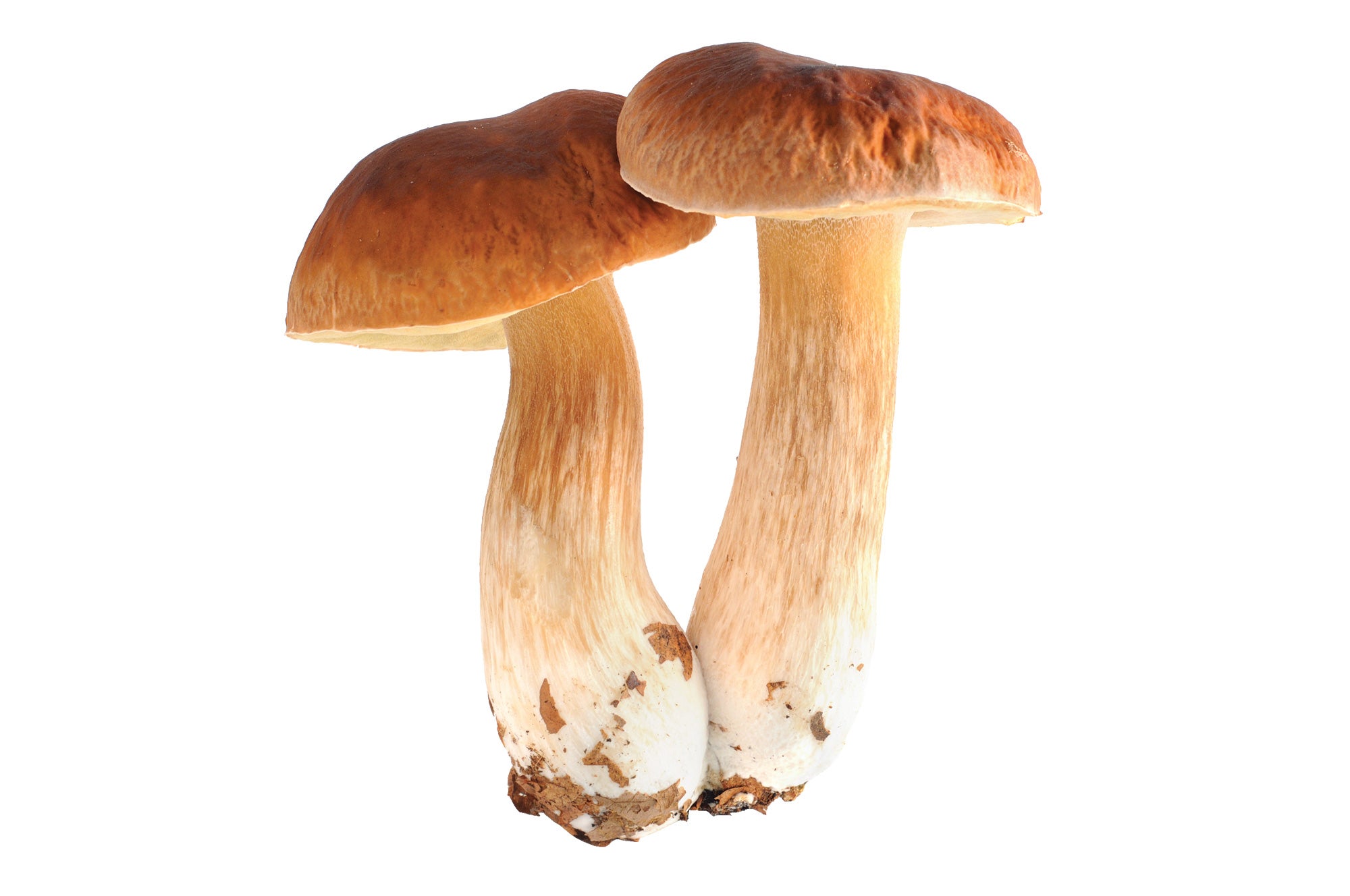4 Hikes for Mushroom Hunters

Bear Creek Trail
Chattahoochee-Oconee National Forests, Georgia
This trail is best known for the Gennett poplar, Georgia’s second-largest living tree, but that’s not the area’s only notable flora: Yellow-gold chanterelles sprout from this lush, moss-painted forest. And, as nature would have it, the two go hand in hand: Poplars enrich the soil, chanterelles thrive in it. Find this fungus on the easy, 2.2-mile out-and-back to the 100-foot-tall Gennett poplar from the Bear Creek trailhead. Look for the chanterelles near its massive base (it’s 20 feet around).
Boulder River Trail
Mt Baker-Snoqualmie National Forest, Washington
Finding fungi in the temperate rainforests of the Pacific Northwest isn’t hard—but spotting the rare chicken of the woods can be. Look for this bright-orange and yellow shelf mushroom on the bark of conifers along the Boulder River Trail, an 8-mile out-and-back through a spring-perfect gorge. From the trailhead on French Creek Road, trek 1.2 miles through the canyon, where waterfalls gush in May (highlight: 259-foot Feature Show Falls at mile 1.3). Near mile 2.2, the forest becomes denser with old-growth firs and hemlocks—prime ’shroom habitat. Turn around at the campground 4 miles in. (Note: Foraging isn’t allowed once you cross the wilderness boundary.)
Burning Bear Trail
White River National Forest, Colorado
In a state that boasts some 3,000 mushroom varieties, these pine woods are some of its best fungi habitat after spring rain and snowmelt. Scan for porcinis—red-brown caps and fat, white stems—on an 11-mile out-and-back along the Burning Bear Trail. From the Geneva Creek trailhead, follow the path through an open meadow and across a footbridge before climbing through a lodgepole forest where the fungi sprout in shaded areas near tree roots. Turn around here for a 3.4-mile out-and-back, or continue over an exposed ridge (views stretch to 13,266-foot Geneva Peak) to the trail’s terminus at County Road 60 at mile 5.5.
Bruno’s Run Trail
Hiawatha National Forest, Michigan
April showers bring May morels, or so the saying should go in the Upper Peninsula. Foragers will be successful on the Bruno’s Run Trail, a 9-mile loop past lakes and through morel-filled deciduous forests. From Moccasin Lake, do it counterclockwise, taking the first few miles slow to scan the hillsides for hollow-capped, brown-and-yellow mushrooms sprouting beneath elms and on decaying oaks. South-facing slopes host early spring’s smaller morels, while late May’s meatier ones tend to grow in north-facing areas. Stage another hunt near Pete’s Lake Campground at mile 7.
Mushroom Foraging 101
Use these tips and tricks from Wren Hudgins, a volunteer with the Puget Sound Mycological Society, to gather mushrooms like a champignon.
Check the specific regulations where you’re visiting. There may be a quota or a permit required.
Carry two field guides—one specific to the region you’re visiting—to cross-reference anything you find. (Beginners should go with a more experienced ’shroomer.) Never eat a mushroom you can’t positively identify.
Don’t gather in chemically treated areas or along the side of the road; mushrooms pick up toxins from their environments.
Use a foraging knife (like the N°08 Mushroom Pocket Knife; $29, opinel-usa.com) to cut the mushroom above the ground.
Pick only what you need, and don’t gather from over-harvested locations. Leave small and old mushrooms behind.
Carry your mushrooms in a container with mesh netting or holes on the bottom so they can breathe. (Otherwise you’ll come home with mushroom mush.)
—Spencer Cox